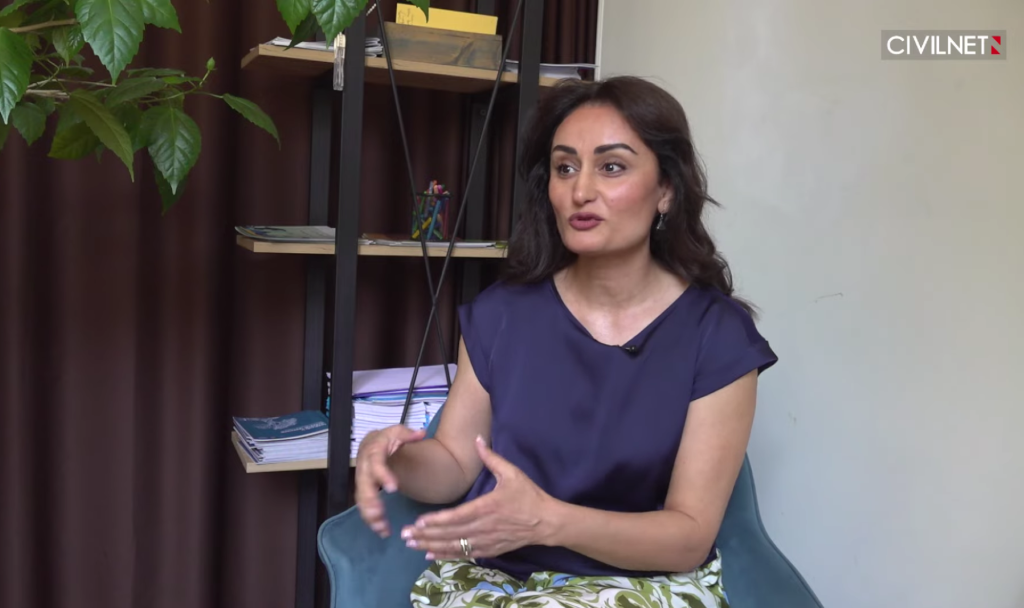By Geghetsik Voskanyan
Armenia’s hospitals reported 252 cases of child injuries from traffic accidents in 2023, according to data CivilNet received from the Ministry of Health. Of these incidents, 180 children were injured while traveling unrestrained in vehicles and 72 were struck by cars during a walk. These numbers highlight a growing crisis in child transportation safety in the country.
“Being a parent means ensuring your child’s safety,” says Anna Velitsyan, founder of the “Parent School” organization. “Just as we feed our children three times a day for healthy growth and educate them for a better future, we must use car seats to protect them from fatal accidents.”
Velitsyan’s words seem to fall on deaf ears in a country where cultural attitudes often override safety concerns.

A 2019 government regulation requires appropriate car seats for children under 7 and proper restraints for those aged 7-12 in all passenger vehicles. Yet enforcement remains weak, with fines set at approximately $12 for violations. The Ministry of Internal Affairs has directed traffic police to check for child restraint systems during stops, but implementation is inconsistent at best.
The problem isn’t accessibility. Car seats in Armenia are relatively affordable, with prices ranging roughly $17-75, and secondhand options readily available. Instead, the challenge lies in changing deeply ingrained behaviors and attitudes.
“It’s obvious that many Armenian fathers don’t secure their children because they’re convinced accidents won’t happen to them,” Velitsyan observes. She describes common dangerous practices: mothers holding infants in the front seat without restraints, fathers driving at high speeds while children lean out of windows.
None of Armenia’s three major taxi companies consistently provide child car seats, despite some advertising such services. When CivilNet investigated, Yandex, which claims to offer car seats, failed to provide them when requested. GG, another major provider, admitted to discontinuing the service without explanation, while U-Taxi never responded to inquiries.
Safety experts emphasize that car seats for children under two should face backward due to underdeveloped bone structure. For children aged 7-12, booster seats ensure proper seatbelt positioning. However, these technical details matter little when basic safety culture is lacking.
“Child car safety begins with parents’ own seatbelt use,” Vardanyan notes. “Parents who don’t wear seatbelts themselves are unlikely to use car seats for their children.”
The age distribution of injuries tells its own story, with numbers increasing through childhood – from 18 cases among infants to 56 cases each in the 12-14 and 15-17 age groups. These statistics suggest that safety practices deteriorate as children grow older, precisely when they should be learning lifelong safety habits.
As Armenia grapples with this public health challenge, experts argue that meaningful change will require more than just regulations. It demands stronger enforcement, public education, and most importantly, a fundamental shift in how society views child safety on the roads.
The post “It Won’t Happen to Me”: How lax enforcement endanger Armenian children in cars appeared first on CIVILNET.